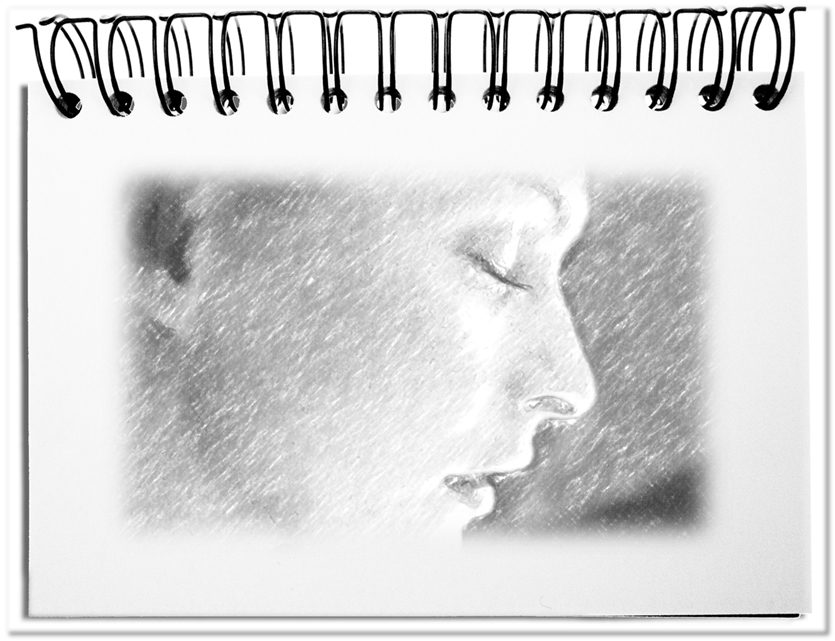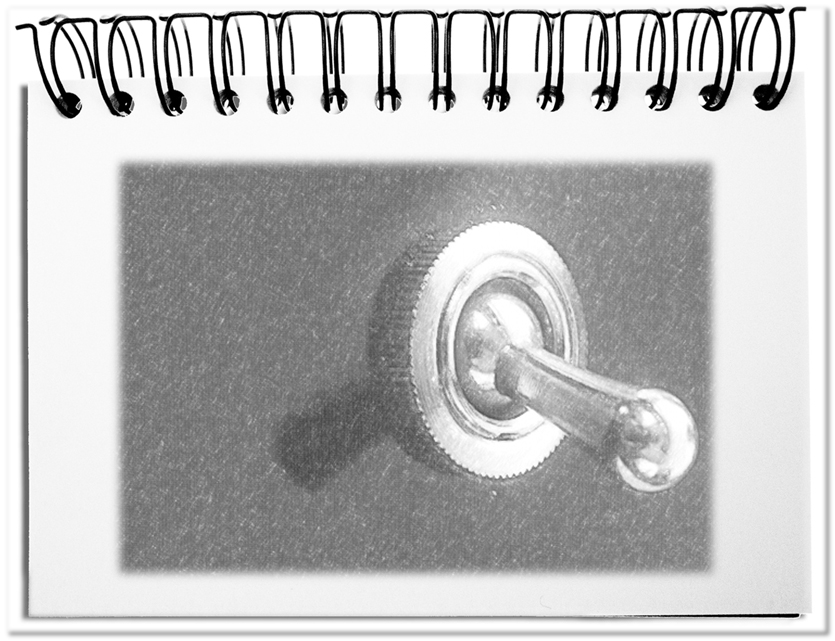Peter Drucker has shown that you can only steer what you have measured. This has led to the fact that today we are overwhelmed by facts and figures. More than 3.7 million patents are registered every year – many in the field of digitalization and medicine. At the same time, we do not have ALL the information. On the one hand, one cannot or do not want to gather it, for whatever reason. On the other hand, data is collected, but due to certain conditions, it never reaches the light of day. Be it that someone decides that the data of certain facts are of no importance to the public or for reasons of secrecy. Despite this incompleteness, so much data is published that countless perspectives are available, which means that we have to decide, which one we focus on. Today, on 04/20/2020, German corona numbers are given by the Robert Koch Institute with 141,672 infected people and at the same time by the Johns Hopkins University with 145,742 infected people. If we had other official sources, there would be additional numbers. This is not so much a matter of the evaluation qualities but due to small differences in the definitions, collections, interpretations, processing’s, etc. Such deviations are unsettling. Instead of learning to adjust to this fuzzy information overload, some people are against these figures and think: What I don’t know won’t hurt me.
Our human data processing is genetically adapted to hunting and gathering. We are programmed to instinctively detect hazards, such as poisonous plants, dangerous animals and places. Therefore, we must learn to deal with the virtual environment for the foreseeable future. As a starting point, we take a look at the specifics of how we recognize something.
- You can only see, when you look at it
The eyes are on the front of our head. This means that the sight goes in the direction in which we move or turn our head. Most of the 214° of our visual field we see blurred. The area where we see sharply is only 1.5°. Everything outside the field of view we do not To make sure that we still don’t miss anything, our eyes permanently wander around. You are reading this text and at the same time you are taking your surroundings into account. As soon as something moves in the blurred areas, we take a look. For the invisible part we have, for example, the ears, which draw our attention with sounds and trigger us to turn the view in this direction. Without the visual recording through the eyes, we have seen nothing. - You only see, when you find
Since the mass of data that reaches our eyes is blurred, we need to focus on it in order to be able to recognize something. Contrasts, deviations, and also uniformity arouse interest. Contrasts are created when complementary colors, different color saturations and brightness appear side by side. This also applies to lines and shapes that disturb a certain pattern. These deviations can be static or dynamic in the field of vision. In addition to these spontaneous triggers, we find something because we consciously search for it, e.g. a certain house in the skyline. However, we are not only finding consciously, but also unconsciously. If, for example, we skim over a text, we are not immediately aware of certain key words, but only after turning the page, we get the feeling that something interesting was there, and we now read this page again but slower with more attention. These unconsciously found impressions remain available for a long time. However, they are difficult to reactivate. Without the conscious discovery, we have seen nothing. - You only see, what you recognize
A good example of recognition are abstract pictures. Those interested in art will recognize the famous painting Black Square where a black square is shown above a white background, as having been painted by Malevich in 1915. And some will know the explanation and others will see only a black square. Remembered is only what each individual recognizes, deduces from the picture and stores over the long run. In everyday life, things are no different. We only remember, consciously or unconsciously, the facts that we recognize or can place in our categories – possible categories are: Never seen before; What is that? I do not like it. Without being able to assign what we have seen to a category we have seen nothing. - One only sees, until one sees the next
The visual impression is always in competition with the next. If one drives with a bus through Paris, then we turn our heads all the time, as there are landmarks everywhere. And by looking at the Eiffel Tower for a longer time, we easily miss the Seine panorama or the Trocadero. Only when our eyes break up with a view, one has the chance to see something else. During a trip, so many impressions happen quickly that most of them are often not well remembered. And some special features may be overseen. If somebody photographs everything, then one has a lot of material in order to have a closer look at it later but misses the opportunity to experience the area on the spot. Without releasing the view from the current panorama, we cannot see the next one.
Bottom line: Long story short. Our visual perception has adjusted to information overload and does not make us aware of everything we see. At the same time, we only see the part that is in front of us. However, if we were to see and process everything, we would go crazy and become unlivable. For this reason, we need a natural relation to our perception. We only see, when we look and find and recognize until we see the next thing. The more people there are, the more they see. There is no need to get angry about missing something, because in return you have seen something else. To avoid stress, the following applies: What I don’t know, i.e. see, won’t hurt me.


